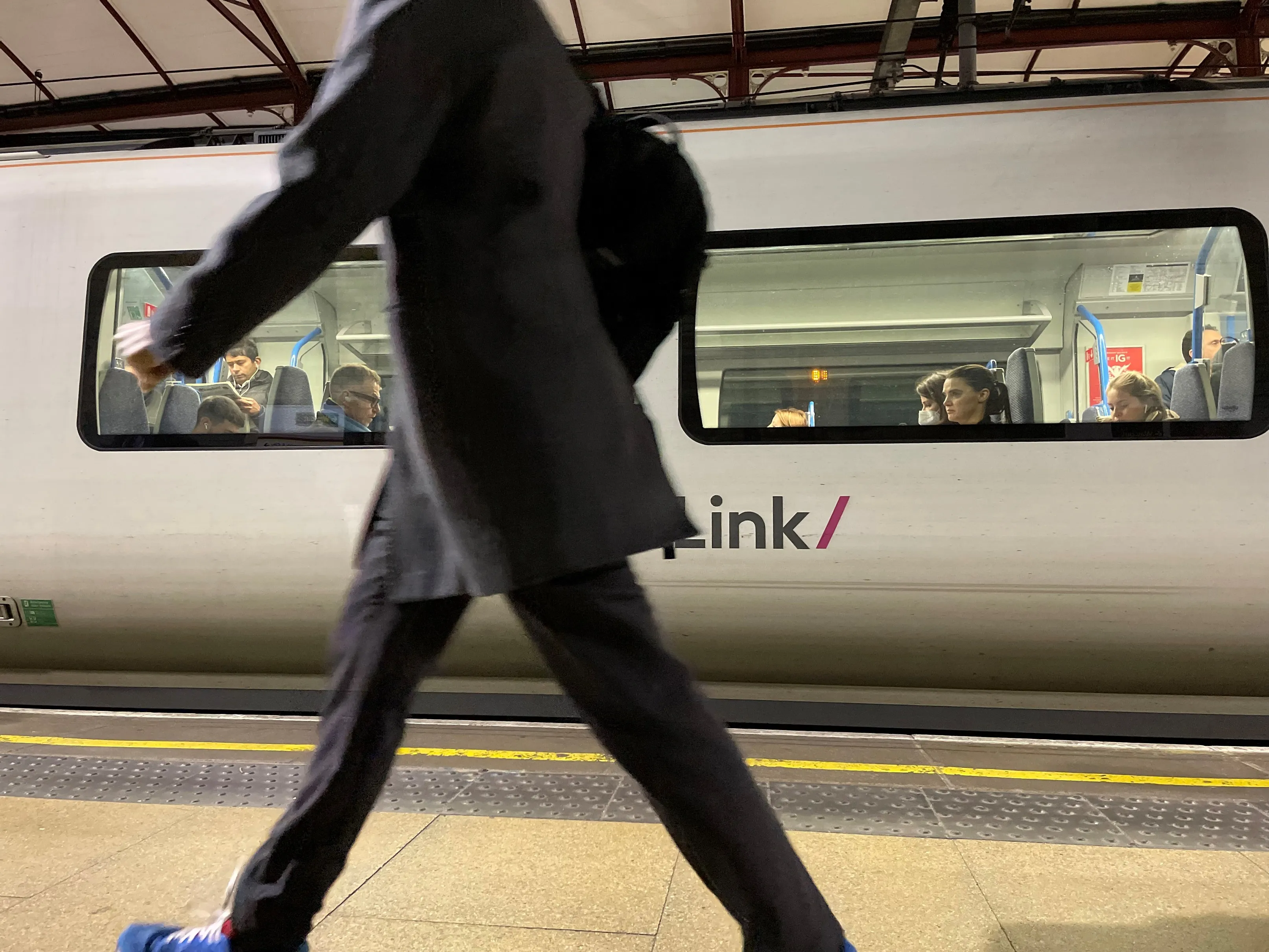A partnership between UK payment and ticketing solutions provider Parkeon and Cloud Amber is about to deliver real time passenger information (RTPI) in advance of travel that the companies say is redefining the effectiveness of RTPI systems.
The system developed by Parkeon and Cloud Amber enables over-the-air location tracking of buses, the deep integration with urban traffic management control (UTMC) data and two-way driver messaging. This bus-centric view means that operators are better able to manage
November 25, 2013
Read time: 2 mins
A partnership between UK payment and ticketing solutions provider 251 Parkeon and Cloud Amber is about to deliver real time passenger information (RTPI) in advance of travel that the companies say is redefining the effectiveness of RTPI systems.
The system developed by Parkeon and Cloud Amber enables over-the-air location tracking of buses, the deep integration with urban traffic management control (UTMC) data and two-way driver messaging. This bus-centric view means that operators are better able to manage and report on fleet performance in areas such as schedule adherence, including early and late running indicators, while passengers benefit from an information flow to RTI displays, websites and Apps that is accurate based on live conditions.
This is enabling bus operators to make better fleet and route management decisions – now though plans are moving ahead to use the data to provide valuable information to customers in real time in advance of travel.
“One year on from the launch of our partnership with Cloud Amber and we are making significant progress in winning market share for real time information systems,” says Owen Griffith, managing director of Parkeon Transit. “We’ve been successful in helping Newport Transport to take control of its own RTI system and won contracts with other bus operators for fleet management and two-way driver messaging. The next step is to leverage this data to enhance the customer experience.”
“The next focus is to use the available data to add value to both operators and customers through proactive communication,” says Alan Butterworth, Managing Director of Cloud Amber. “Data captured through smartcards opens up the potential to provide passengers with real time travel information that is specific to their journey and plans in a means of their choosing...whether via an App, email, text or social media channel. This is a very exciting development that has the potential to transform the customer experience, particularly when considering travel plans across multiple modes.”
The system developed by Parkeon and Cloud Amber enables over-the-air location tracking of buses, the deep integration with urban traffic management control (UTMC) data and two-way driver messaging. This bus-centric view means that operators are better able to manage and report on fleet performance in areas such as schedule adherence, including early and late running indicators, while passengers benefit from an information flow to RTI displays, websites and Apps that is accurate based on live conditions.
This is enabling bus operators to make better fleet and route management decisions – now though plans are moving ahead to use the data to provide valuable information to customers in real time in advance of travel.
“One year on from the launch of our partnership with Cloud Amber and we are making significant progress in winning market share for real time information systems,” says Owen Griffith, managing director of Parkeon Transit. “We’ve been successful in helping Newport Transport to take control of its own RTI system and won contracts with other bus operators for fleet management and two-way driver messaging. The next step is to leverage this data to enhance the customer experience.”
“The next focus is to use the available data to add value to both operators and customers through proactive communication,” says Alan Butterworth, Managing Director of Cloud Amber. “Data captured through smartcards opens up the potential to provide passengers with real time travel information that is specific to their journey and plans in a means of their choosing...whether via an App, email, text or social media channel. This is a very exciting development that has the potential to transform the customer experience, particularly when considering travel plans across multiple modes.”









